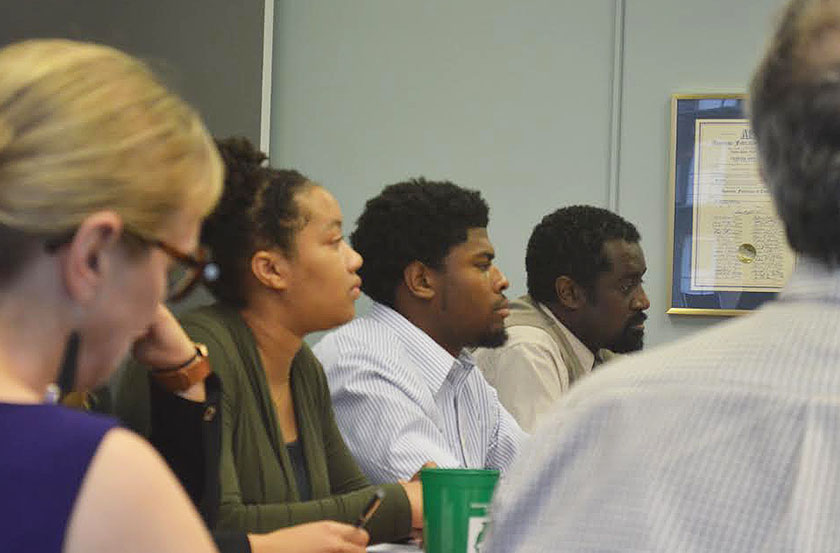By Emily Olsen and Meredith Francis
When Kyle Walsh was 16, his dad sat him down and explained Kyle would be responsible for paying off his college loans, not him.
Walsh, 20, is now student body president at Illinois State University, a second stop on his road to a degree. He first attended community college to save money but expects to graduate with up to $15,000 in student loan debt. This is not as bad as many of his classmates, Walsh said, but the burden shouldn’t fall on students.
“The state hasn’t been fulfilling its role in investing in public education,” Walsh said.
No easy solutions to alleviate college costs
Americans typically finish college with $30,100 in student debt. That burden has become a huge issue this election cycle, both in state and national campaigns.
“In our discussion about national strength and our role as a global leader, our role as a global democracy, nobody ever talks about education as part of that foundation,” said U.S. Senate candidate Rep. Tammy Duckworth (D-IL).
Duckworth is sponsoring the “In the Red Act,” a bill that will reduce the cost of college through strengthening Pell Grants, making two-year community colleges free and allowing students to refinance loans. To pay for the $60 billion program, the bill calls for the closing of special interest corporate tax loopholes.
But Duckworth’s opponent, Sen. Mark Kirk (R-IL), opposes the plan. Kirk campaign manager Kevin Art, called it a “reckless $60 billion spending program that would have the federal government take over community colleges.”
Percentage of American graduates with student debt
Click around the map to see the percentage of American graduates with student debt in each state. View the full map here.
[field name=”HIGHERED”]
Source: The Institute for College Access and Success 2015 college debt study. (Note: Data was not available for North Dakota.)
Crushing debt meets deadlocked state government
The soaring cost of college hits close to home in Illinois where a year-long budget crisis continues to create uncertainty for universities. But many states haven’t invested in higher education like they used to.
“We have seen some states putting a little bit more money in over the last few years, but it’s still nothing like it was before the recession,” said Diane Cheng, co-author of a study from the Institute of College Access and Success.
In Illinois, the average college student graduates with $29,305 in student loan debt, and a vast majority, roughly 66 percent, carry that weight, the eighth highest in the nation.
Two factors contribute to Illinois’ high student debt rate, Cheng said. Nearly half attend more expensive private or nonprofit universities, well above the national average. Tuition costs roughly $13,000 on average at public universities, while the national average is $8,800.
Looming effects of the state’s ongoing budget crisis don’t help, either.
After a year without a budget in which public universities got almost no money from the state, Illinois passed a stop-gap budget to pay for state operations through December. So far, there’s no budget for the rest of the fiscal year, which ends in June 2017.
“I hope very much we have a solution to this crisis by the time our next legislative session starts,” said State Rep. Will Guzzardi (39th). “I can’t say for sure that we will. Human service providers and higher education in particular … are really looking to our leaders for responsibility and just to be grown-ups.”
Guzzardi is spearheading Tuition Free Illinois, a campaign for legislation to make the state’s public universities free for Illinois residents. He argues debt is a huge burden for students across the nation, preventing them from buying homes and starting families.
“A college education now is basically the equivalent of what a high school education was 50 years ago in terms of providing middle-class jobs,” Guzzardi said.
While Kyle Walsh is pretty confident he’ll find a job and start to pay back his loans after graduation, he argues it could be difficult for his university to function if the Legislature and Gov. Bruce Rauner can’t agree on a budget.
“We can’t go through this much longer,” he said, “We’re essentially functioning as a private university at this point.”

